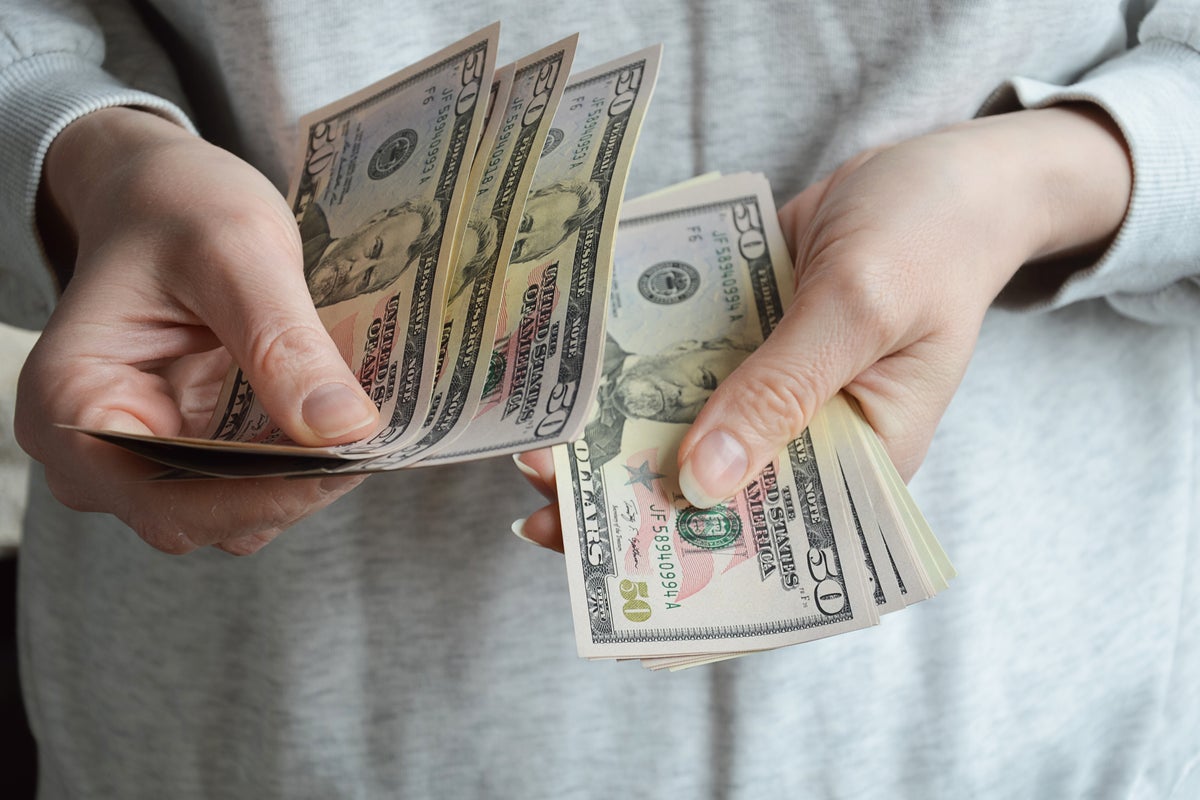Wednesday marked the last day of summer as well as the confirmation of a new hike to the federal funds rate of 0.75%.
With this new measure, the Federal Reserve is expecting something other than the leaves from the trees to fall: prices.
In the meantime, everyone should expect a rocky road back down to inflation at 2%. That means an increase in the cost of acquiring new debt, from mortgages to credit card interest and personal loans. Unemployment is also expected to rise as the economy is deliberately slowed down by the Fed.
Why The Fed Keeps Raising Interest Rates: The Federal Reserve has been raising the funds rate since the beginning of the year in a consistent effort to fight off inflation, which increased by 8.3% in August according to one benchmark.
The federal funds rate sets the interest rate that banks have to pay in order to borrow money from each other overnight. When that rate rises, banks pass on their extra costs to their customers, making the cost of borrowing money higher in everything from businesses to family homes.
The Fed is doing this for one simple reason: getting you to spend less money.
With inflation in August holding above the 8% mark for the sixth consecutive month, the cost of consumer items is rising at rates that are well above the healthy sweet spot of 2% annually.
The Fed has been clear in its objective: by raising interest rates, it’s expecting demand to drop across the board. With less customers purchasing their products and services, businesses will be forced to lower prices in order to compete. This process should eventually cool inflation back down to 2%.
How Rising Interest Rates Affect Purchasing Power: While everyone would be happy with lower inflation, the road toward that goal will be painful for many, especially those looking to acquire new debt in the near future.
As a rule of thumb, raising interest rates won’t affect debt acquired on a fixed-rate basis, such as fixed-rate loans or mortgages. They will affect payments due on variable-rate loans, as well as interest rates on newly acquired debt.
Mortgages: Interest on fixed-rate mortgages was at a decades-low in recent years, reaching levels below 3% for several months of 2020 and 2021. But rising interest rates are having an effect on the cost of mortgages.
Data from the St. Louis Fed puts the average fixed-rate mortgage at the time of writing at 6.29%.
With interest rates expected to continue to climb in 2023 well above the 4% mark, mortgages should follow suit.
Clients paying mortgages taken under a variable-rate mortgage or a hybrid adjustable-rate should also see their rates go up in accordance with the structure of their mortgage.
Credit Cards: Data shows that Americans are using their credit cards more, and inflation has lowest-income residents struggling to make payments. Rising interest rates is bad news for those depending on credit cards to cover monthly expenses, as the federal funds rate affects credit cards’ annual percentage rate, or APR.
Once your card’s “grace period” ends, if you haven’t paid the owed sum, you’ll start owing more as interests accumulate. The APR is the annualized representation of the daily interest charged on the balance carried after the end of the month plus fees.
Earlier this month, Bloomberg reported the average interest rate for credit cards is the highest it’s been in 25 years. At 18% and rising, this figure has been expanding since the Fed began raising interest rates, and it’s expected to continue to go up with new hikes expected in November and the next year.
Personal Loans: Interest rates on personal loans (often contracted in order to pay off credit card debt or other kinds of debt) are also rising with federal hikes, according to Bank Rate.
These include home equity loans — often referred to as a second mortgage — as well as auto loans and other forms of consumer debt.
Federal student loans are an exemption. These will have fixed interest rates if taken before July 2023 due to measures in place since the pandemic began.
Interest Rates And Job Security: A rise in the cost of acquiring new debt isn’t the only consequence of rising interest rates. Since the underlying goal is to slow down the economy, the Fed’s measures can also have an impact on the job market.
“Job gains have been robust in recent months, and the unemployment rate has remained low,” said a press release by the Federal Reserve announcing the new hike on Wednesday.
The strength of today’s job market is one of the few factors preventing the National Bureau of Economic Research from declaring an official recession, even though the economy has been in contraction for two quarters in a row.
With an unemployment rate of 3.7% in August, the job market is in slightly worse condition than in July, but better overall when compared to August 2021.
As interest rates rise and consumption slows down, employers might answer by cutting costs, and that means letting go of some of their workforce.
According to Trading Economics, the unemployment rate is projected to trend around 4.4% in 2023, putting extra pressure on employees and businesses.
Even though the Fed’s ultimate goal is to achieve maximum employment, today’s strong levels of employment are not in line with a shrinking economy.
Unemployment is expected to rise temporarily until inflation comes down and the economy settles again.
Shutterstock image.
Image and article originally from www.benzinga.com. Read the original article here.

